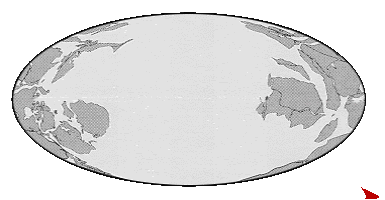It is generally agreed by both the red and blue teams in the climate debate that the incremental effects of increasing atmospheric CO2 diminish with increasing concentration. It is often said that the reduction of effect with increasing concentration is logarithmic.
If this is the case, where we fall on the curve at ~400ppm is critical information. If we are on the steep part of the curve, additional CO2 is far more important than if we are on the long tail.
MODTRAN offers a way to evaluate the questions of whether the diminishing effect is actually logarithmic, and where on the curve we fall at 400ppm.

What we did here is scale and invert MODTRAN W/m2 looking up (for downwelling) at one meter and looking down (for upwelling) from 70 km. A simple base 10 log of ppm is added for comparison. Clearly, the logarithm is a very good approximation of the energy reaching 70 km as a function of ppm. The downwelling at one meter falls off far, far more rapidly.
The data was parsed tediously by noting the values for tropical atmosphere “full bore” (with all the other variables at default values) and varying only CO2. The one meter downwelling varies in “steps” of increasing length, resulting in the increasing sparseness of the data points. Seventy kilometer upwelling shows much more subtlety with every ppm having a different value, at least up to 20 ppm, where we switched to 10ppm increments to save time.
So, is the saturation of CO2 logarithmic or not?
Yes, and no…






